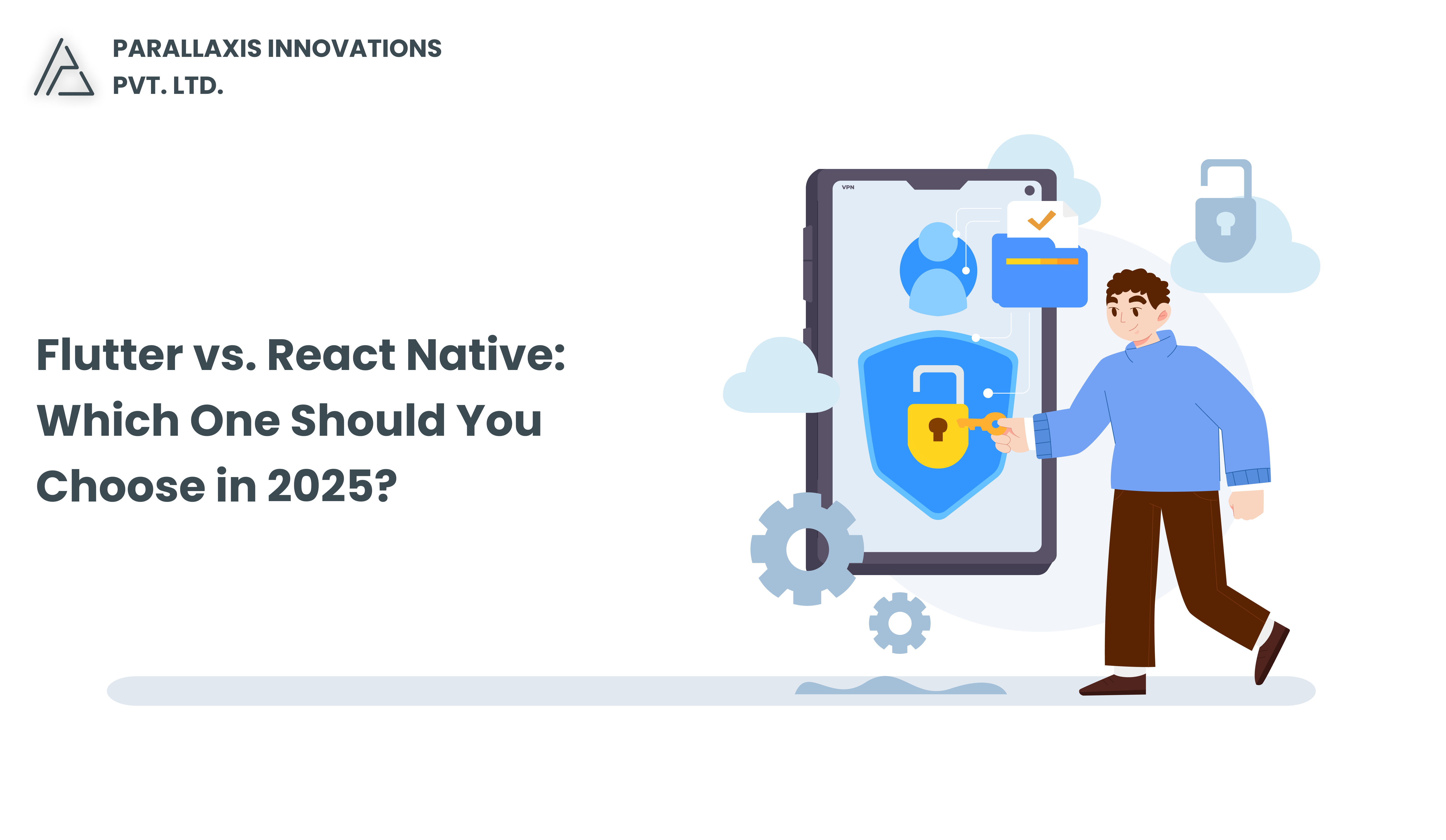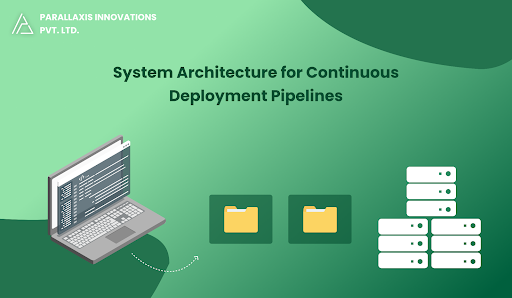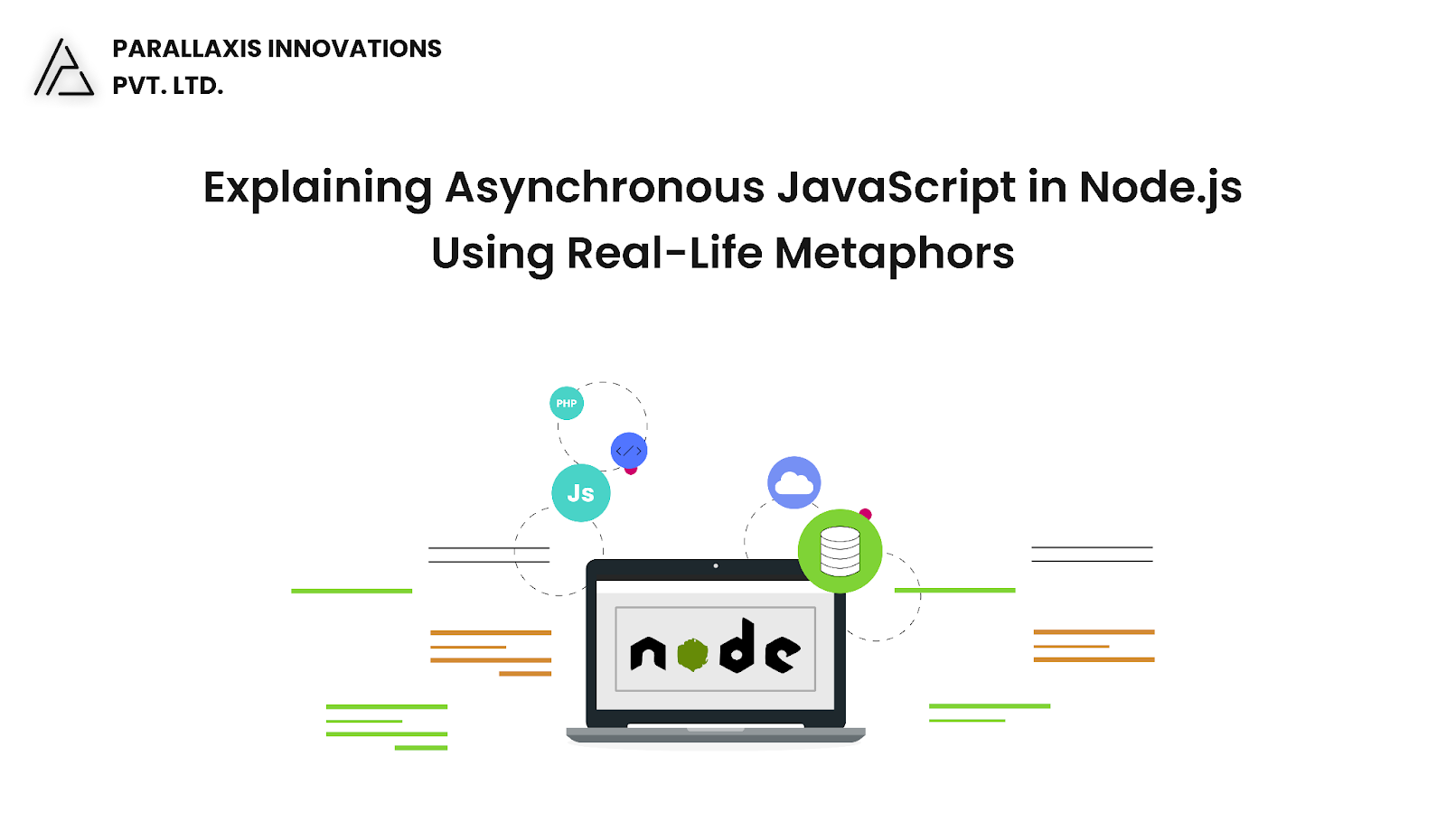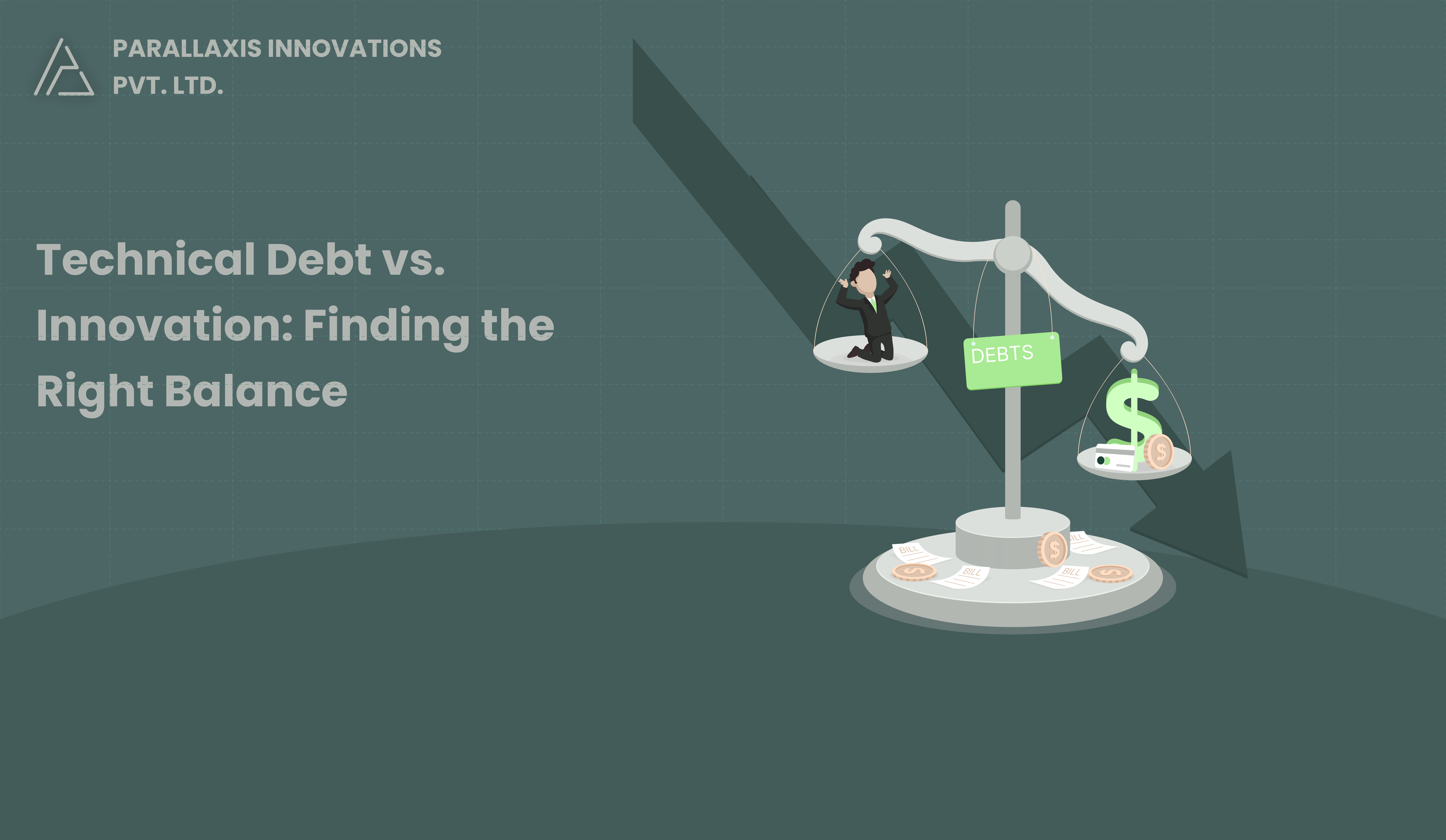As mobile usage continues to surge, enterprises are seeking robust solutions to deliver high-quality apps that are not only performant and scalable but also secure and maintainable. Flutter, Google’s open-source UI toolkit, has emerged as a top contender for building enterprise-grade applications across platforms.
In this blog, we’ll explore how Flutter addresses the key pillars of enterprise app development: performance, scalability, and security, and why it’s becoming the go-to framework for businesses worldwide.
Why Enterprises Are Choosing Flutter
Before we dive into the specifics, let’s understand what makes Flutter a strong choice for enterprise app development:
- Single codebase for iOS, Android, Web, and Desktop
- Fast development with Hot Reload
- Native performance and beautiful UI
- Backed by Google with a strong developer community
These features alone can lead to faster time-to-market and reduced development costs, both critical for enterprise ROI.
1. Performance: Near-Native Speeds
How Flutter Delivers High Performance:
- Compiled to Native ARM Code: Flutter apps compile to native machine code, reducing runtime overhead.
- Skia Graphics Engine: It uses its own rendering engine for smooth animations and consistent 60 fps (or even 120 fps) performance across devices.
- No JavaScript Bridge: Unlike some cross-platform tools, Flutter doesn't rely on a bridge between native code and the UI, minimising lag.
Real-World Impact:
- Faster app startup times
- Reduced memory consumption
- Smooth UX, even on older devices
Enterprises that require high-performance UIs, such as financial dashboards, logistics apps, or customer portals, benefit from Flutter's rendering efficiency and responsiveness.
2. Scalability: Built to Grow with Your Business
Codebase Scalability:
- Modular Architecture: Flutter encourages component-based development, making it easier to manage large teams and codebases.
- Support for Clean Architecture: Tools like Bloc, Riverpod, and GetX help manage complex app state and business logic cleanly.
- Backend Flexibility: Flutter can integrate with virtually any backend REST APIs, GraphQL, Firebase, or enterprise ERP systems.
Team Scalability:
- Developers can work on shared code for Android and iOS, reducing silos.
- Design and development teams collaborate better through Flutter's widget-based UI system.
Platform Scalability:
With Flutter for Web and Desktop, enterprises can reuse the same codebase to expand into new platforms without reinventing the wheel.
3. Security: Meeting Enterprise Standards
Security is non-negotiable in the enterprise space, especially when apps handle sensitive user or business data. Flutter provides:
Platform-Level Security Features:
- Integration with biometric authentication (Face ID, fingerprint)
- Access to native device encryption, secure storage, and hardware-level protections
- Easy use of SSL/TLS, OAuth, JWT, and secure APIs
Developer Best Practices:
- Strong support for data validation and input sanitization
- Obfuscation and code minification to protect against reverse engineering
- Use of secure plugins vetted through pub.dev and community audits
Compliance Support:
Flutter apps can be built to meet standards such as
- GDPR
- HIPAA
- SOC 2
- ISO 27001
Enterprises can integrate secure payment gateways, third-party authentication systems, and encrypted communication channels seamlessly.
Use Cases of Flutter in the Enterprise
- Banking & Fintech Apps: Real-time performance and high security
- Retail & eCommerce: Unified shopping experience across platforms
- Healthcare Solutions: HIPAA-compliant apps with patient privacy
- Internal Enterprise Tools: Inventory tracking, logistics, and dashboards
Major brands like Google, Alibaba, eBay, and Toyota have already adopted Flutter for mission-critical apps.
Final Thoughts
Flutter is no longer just a tool for MVPs or startups; it’s a powerful framework for enterprise-grade mobile development.
By offering
- High performance
- Seamless scalability
- Enterprise-level security
Flutter empowers organisations to launch faster, reduce costs, and maintain consistency across multiple platforms.



